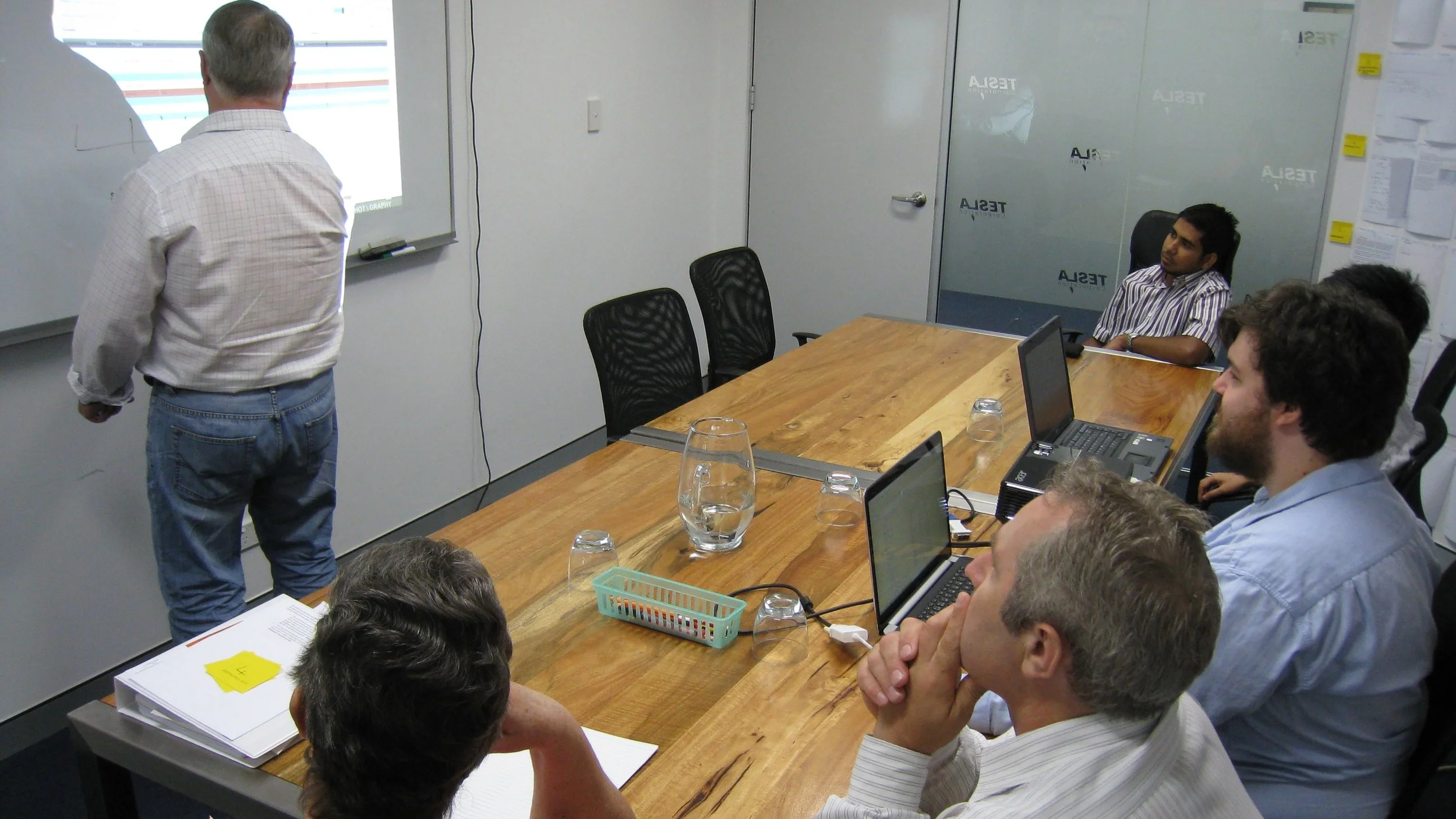When I was young WA Day used to be called Foundation Day. This month the latter is a more appropriate name, as we want to talk about how we approach building great foundations for all new projects we build with our clients.
Where did we start?
Working face to face not only limits miscommunication which often occurs via email exchanges, it gives a chance for all parties to ask questions in a safe environment. Differing viewpoints always appear, often introducing ideas not considered by others. We also pay attention to body language, particularly because until trusted relationships are built, there will always be someone not willing to express a viewpoint or opinion.
Late last month we met with five people, ranging from inspectors to managers, all tasked with creating and maintaining Bushfire Risk Mitigation Plans in their local area. Bushire Risk Mitigation Audits are a specialised type of inspection conducted on all local reserves. Our clients have used Inspect to conduct firebreak inspections for several years, but BFRM Audits (BRFMA) will require an interactive infield mapping component in addition to using Inspect. To developed this we needed to collect specific requirements from our clients.
We learnt about the in-field data captured currently and how this is processed by administrators. Most importantly they presented their big picture vision – to easily collect and process field data in the future. Some of their ideas included yet to be implemented internal process improvements, and which will be supported by new software we will develop.
What are the expected benefits
Software development can affect people at every level of a business, from service recipients, to end-users and managers. Clear communication between all levels helps us collect information we need to deliver the best software outcome for everyone. An end-user is especially helpful in providing software requirements because they know better than anyone how their job is done. However, end-users are rarely decision-makers in an organisation so we may help communicate their needs to management, ensuring everyone's needs are met. We also facilitate communication between employees who share a work-flow but may not realise how their work will be mutually beneficial for other work colleagues.
The requested mapping requirements we develop for the BFRMA will provide the business with powerful reporting insights, which in turn will support future funding applications.
Three future stages of development have been identified, prioritised, and will be estimated and costed by us. Stage 1 of the BFRM audit is due to be rolled out within the next few weeks.
What else may happen?
To garner feedback on usage and the development process Zoodata always meets with clients after software has been delivered. Our developers hear firsthand how their software has affected users, assists continuous improvement practices and reinforces the trust we’ve built with our clients.
Trust built between all parties means client users have a greater stake in ensuring the successful implementation of software they helped create. They will often suggest new features and product improvements, which benefits their own workplace.
If you have bushland near you, BFRM audits are a vital part of the work your councils do to keep you safe. A combined effort by Zoodata and our clients, we are all passionate about keeping our communities safe.
Communication is the Foundation of our success: active listening and genuine engagement. If that sounds like the sort of software development approach which would benefit your company, we'd love to hear from you.
Contact us by Phone: 9485 0725 or Email: info@zoodata.com.au
Robyn Hukin, Managing Director

